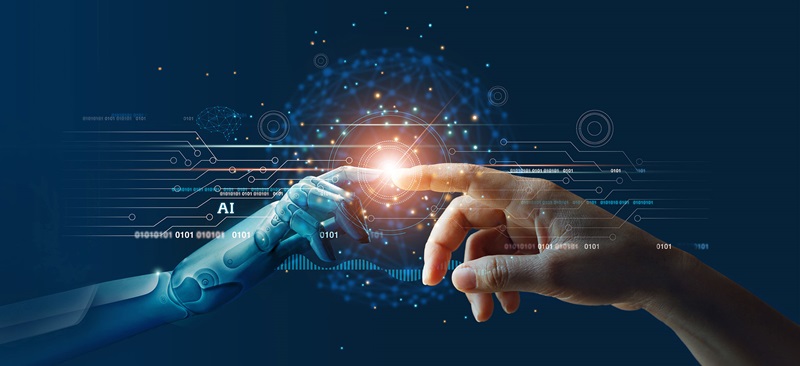
What are the risks of using AI in business?
The emergence of AI has triggered a revolution, enthralling and exciting both market leaders and smaller businesses, all eager to take advantage of its limitless potential.
However, while I celebrate the many advantages of AI, I would be crazy to overlook the possible dangers it brings. When sophisticated AI algorithms intersect with malicious cyber elements, a new range of cyberthreats arises. These risks include AI-powered phishing schemes and incredibly realistic deepfakes, acting as a timely reminder to always remain watchful and don’t believe everything you see.
Let’s examine both the benefits and risks associated with AI.
First, the good news…
AI’s tour de force lies in its ability to rapidly sift through enormous amounts of data and recognize patterns. This valuable expertise is essential for navigating today's dynamic markets. By extracting valuable insights, you gain the power to make informed decisions, avoiding the uncertainties of guesswork.
It’s also productivity’s BFF. AI's exceptional ability to automate tasks liberates your employees from mundane and repetitive work, allowing them to concentrate on more critical responsibilities.
If you aren’t keeping up with the Joneses, are you keeping up with the always changing technical landscape? Your competitors are probably looking at ways to make operations more efficient with AI. AI’s level of agility allows for quick responses to ever-changing circumstances, customer needs, and emerging opportunities. It enables your team to adapt and address new challenges while staying ahead of the game.
Now for the wah, wah…
AI-driven chatbots are being used by cybercriminals to deploy, oftentimes undetectable, phishing emails; free of the red flags we have all been taught to look for (think poor grammar and spelling mistakes). These bots make it even easier for human error, enticing even the staunchest cyber-aware to share their personal information.
Given the speed at which AI can work, cybercriminals can generate accurate code on the fly. These code bits are then embedded into malware and malicious software.
We have all seen some deepfake memes. It is amazing what AI can create given the right prompts. AI-generated deepfakes have the capability to spread false information, tricking unsuspecting individuals and resulting in instances of fraud and damage to one's reputation. To illustrate, in today's digital age, where numerous banks depend on online KYC (Know Your Customer, a process commonly used by banks to meet regulatory obligations and prevent financial crimes), malicious individuals can create remarkably lifelike videos by manipulating someone else's voice and visual samples. These fabricated videos can then be utilized to fraudulently open accounts for illegal transactions, posing a significant risk to financial institutions and their customers.
Not all the blame can be put at AI's doorstep though. The margin for human error is always present. Take for example entering personal and/or confidential information (think: creating a brief for court and adding your client's personal information). If the AI system should ever suffer a breach, that could lead to a leak of these private details.
Teamwork makes the Dream work
If navigating AI on your own seems daunting, don’t worry PACE is here to help. Watch for upcoming webinars on AI and your business. Connect with our team if you have any questions as we take your cybersecurity very seriously.
